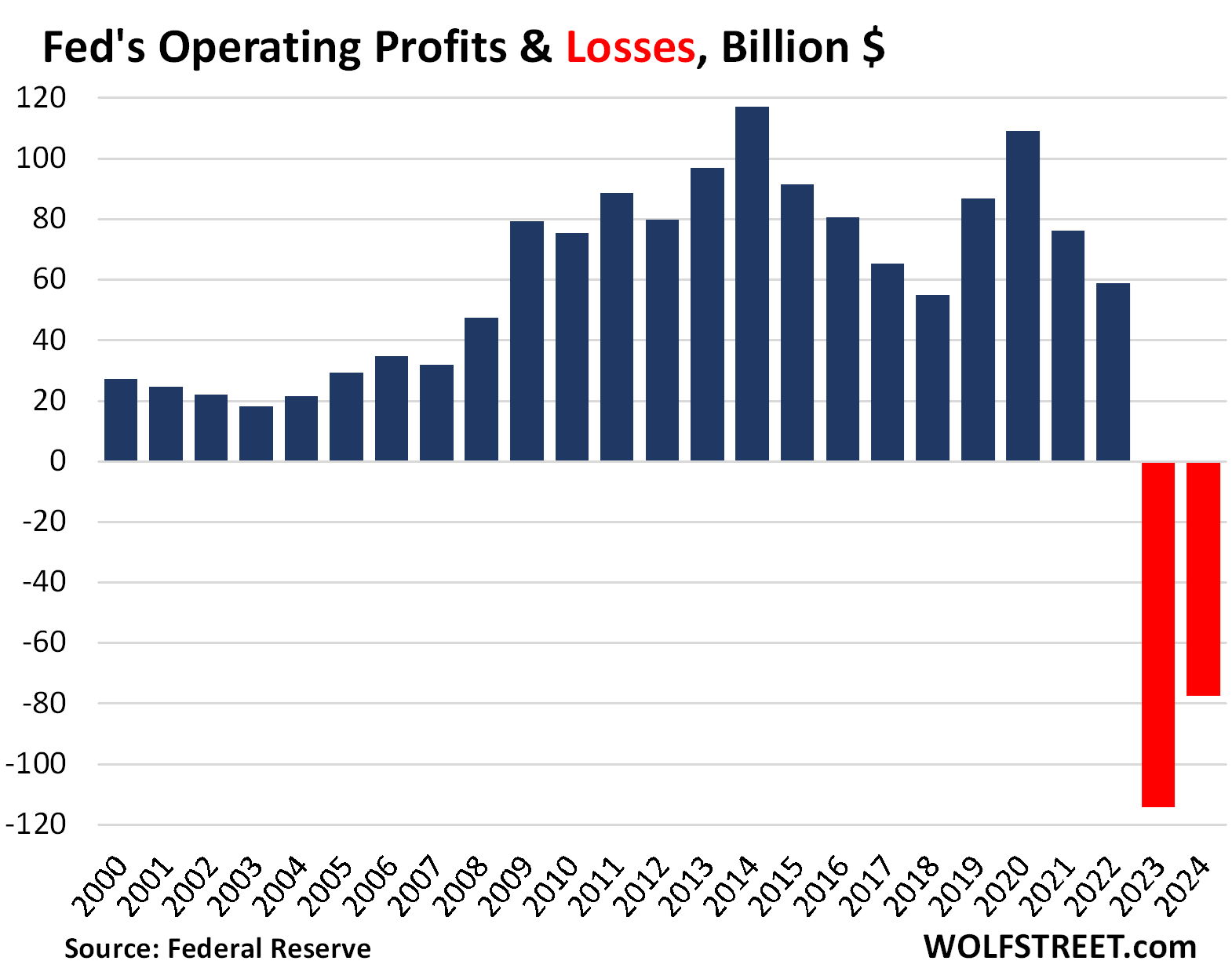From a financial perspective, the package is great. It will finally allow the federal government to remedy the fiscal sins of the past 40 years, including spectacular underinvestment and the abuse of the defense budget as a piggy bank for achieving balanced budgets.
On Tuesday, March 18, the German parliament ended the country’s economic Sonderweg, or “unique path.” On that day, two-thirds of members voted for a far-reaching change of the fiscal constitution. Technically, the debt brake—Germany’s constitutionally codified fiscal rule—is still in place. But from now on, defense expenditures exceeding 1 percent of GDP will be exempted from the deficit ceiling; infrastructure and climate related expenditures can be financed from a special fund, which is also exempted from the debt brake; and states also get additional fiscal space.
From a financial perspective, the package is great. It will finally allow the federal government to remedy the fiscal sins of the past 40 years, including spectacular underinvestment and the abuse of the defense budget as a piggy bank for achieving balanced budgets.
But the convoluted agreement is also the most German possible solution to the very German problem of self-imposed austerity. Since 2009, the constitutional debt brake has limited “structural” deficits—the country’s permanent borrowing—to 0.35 percent of its GDP. Unless interest rates are exceptionally low, this requires a primary surplus—that is, the government would have to save money before accounting for its interest payments.
The country is now trying to get out of this fiscal straitjacket. But instead of passing a reasonable debt brake reform, officials have opted to negotiate a complex fiscal package and then stick it directly into the German Constitution. The provisions of the package are a carefully calibrated political deal and thus have nothing to do with what any constitution is actually for: specifying fundamental rules for society and government.
The package includes numerous subrules, which both enlarge and shrink fiscal space according to the political priorities of everybody involved. Aid for Ukraine is, for instance, included in the exemption for defense expenditures, freeing up additional fiscal space. Infrastructure spending, on the other hand, can only be transferred to the special fund once investment spending (excluding loans and equity stakes) exceeds 10 percent of the core budget. Spending on climate protection seems to be exempted from that qualification.
If it sounds complicated, that’s because it is.
What does all of this mean for the future? It is hard to imagine that the resulting mess that now constitutes the German fiscal framework is here to stay. Compliance will be close to impossible to verify, and there are ample opportunities for gaming the system. Instead of focusing on growth—Germany’s actual big issue—and efficient spending, budget experts will become experts in how to best navigate the maze of rules, exemptions, and special funds.
Europe adds another layer of complexity. Going forward, the European Union’s Stability and Growth Pact will still likely constrain Germany’s public spending. Since its reform in 2024, the pact has specified an expenditure path based on a projection of the debt-to-GDP ratio over 14 years to 17 years, which is complemented by deficit-reduction safeguards that the German government had insisted on.
The result is that, according to the Stability and Growth Pact, Germany will have to reduce its deficit every year. But it has just passed a law that does the opposite—making sure that the annual deficit will increase.
Going forward, it is almost certain that the European requirements—requirements that, ironically, were demanded by Germany—will be stricter than the German ones. And ensuring compliance with the European rules is not trivial, as they cover spending at the federal, the state, and the local level. Thus, additional rules will be required to divide up the permitted expenditures between the three levels of government.
Going forward, two scenarios seem most likely: Either Germany’s rules will lose relevance, or they will be reformed. In the first scenario, the government would simply accept that it’s unable to agree on fiscal policy. In that case, messy rules help. Calculating compliance with the debt brake would turn into a performative ritual, while Europe would provide the real fiscal constraint.
Such a scenario is less harmful than attempting to continue institutionalized austerity, but it’s not a good option. Ultimately, for growth, security, and stability to be sustainable, they must rely on a coherent economic framework for the future.
The example of Germany’s outgoing traffic light coalition illustrates what happens if a government cannot articulate a coherent economic policy agenda: Under the coalition’s governance, private investment tanked, and household savings increased significantly. If no one knows why the economy should be expected to do well in the years ahead, then it won’t. This is even more so in times when the state—like it or not—has a large role to play; for instance, as the biggest single buyer of military goods and infrastructure.
There is a more positive possibility: The government could agree that the messy rules resulting from its emergency fiscal surgery this month require a cleanup. And there is a straightforward way for the fiscal framework to be sustainably fixed—by replacing the extremely complex set of rules that now constitute the debt brake with the simple obligation to comply with the EU’s Stability and Growth Pact.
This makes even more sense when considering why the debt brake was adopted in the first place: to ensure compliance with Europe. Since the European rules have gone through a fundamental reform and the debt brake has been punctured, it no longer does so. Hence, why not get rid of all the convoluted fiscal bureaucracy and cut to the chase—simply committing the German Constitution to Europe’s standards?
This would by no means fix all issues, as the reformed European rules are far from perfect.
For one, they focus on a meaningless indicator—achieving a debt-to-GDP ratio of 60 percent or less. Achieving those levels of spending in times where the public balance sheet must grow for defense, decarbonization, and social services is neither possible nor desirable.
Secondly, the European rules pretend that it’s possible to project debt-to-GDP ratios with reasonable accuracy over 14 years to 17 years. It’s not.
But Europe’s rules could have one major and fundamental advantage: They focus much less on arbitrary debt and deficit numbers. Yes, they do still include so-called safeguards—requirements to reduce the debt-to-GDP ratio and the deficit by certain arbitrary amounts. But for now, the EU-Commission proposes to relax these provisions. If that happens, the European rules have the benefit of not focusing on applying arbitrary deficit limits but rather on determining a spending path that is defined by growth-enhancing policy. And that is exactly what Germany needs.
There has never been a bad time to end German’s peculiar relationship to austerity but now may be a particularly good one. Thus, it’s the final clause of the March 4 agreement between the Christian Democrats and the Social Democrats that gives the most hope: It promises a complete reform of the debt brake by the end of 2025.



















